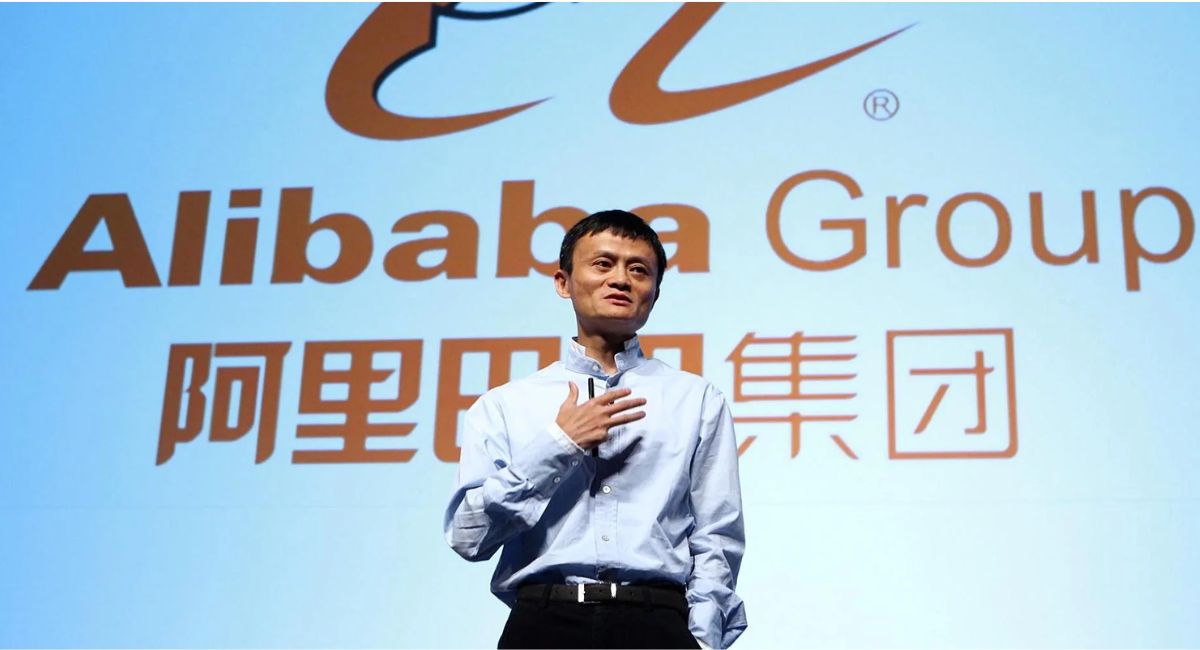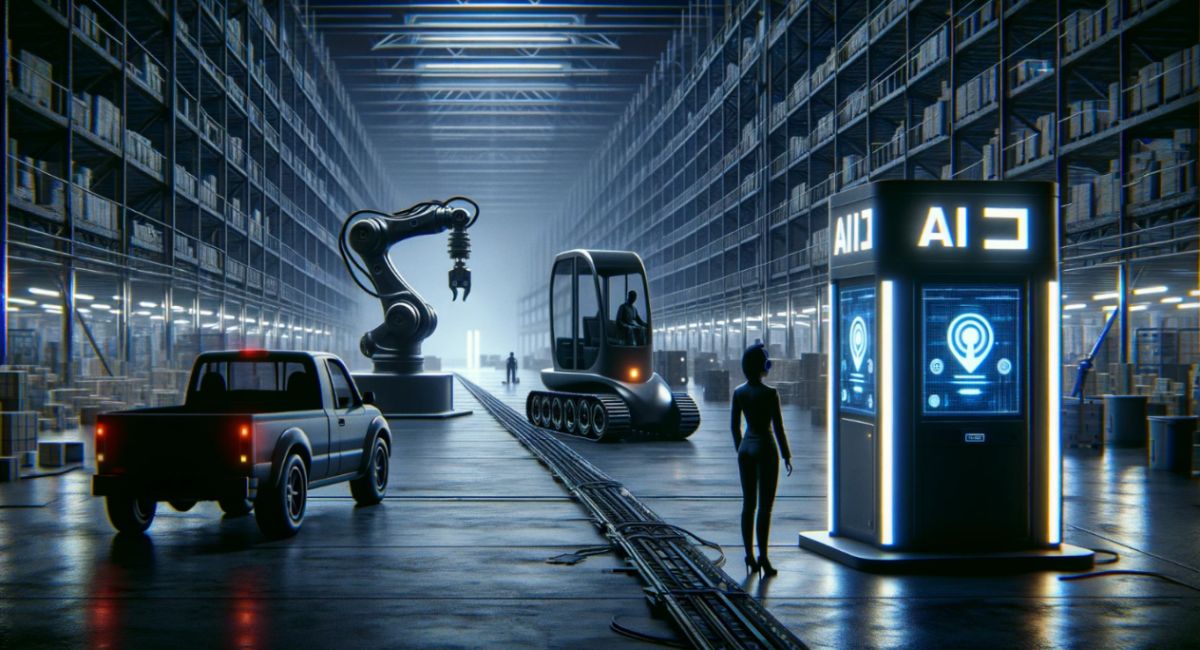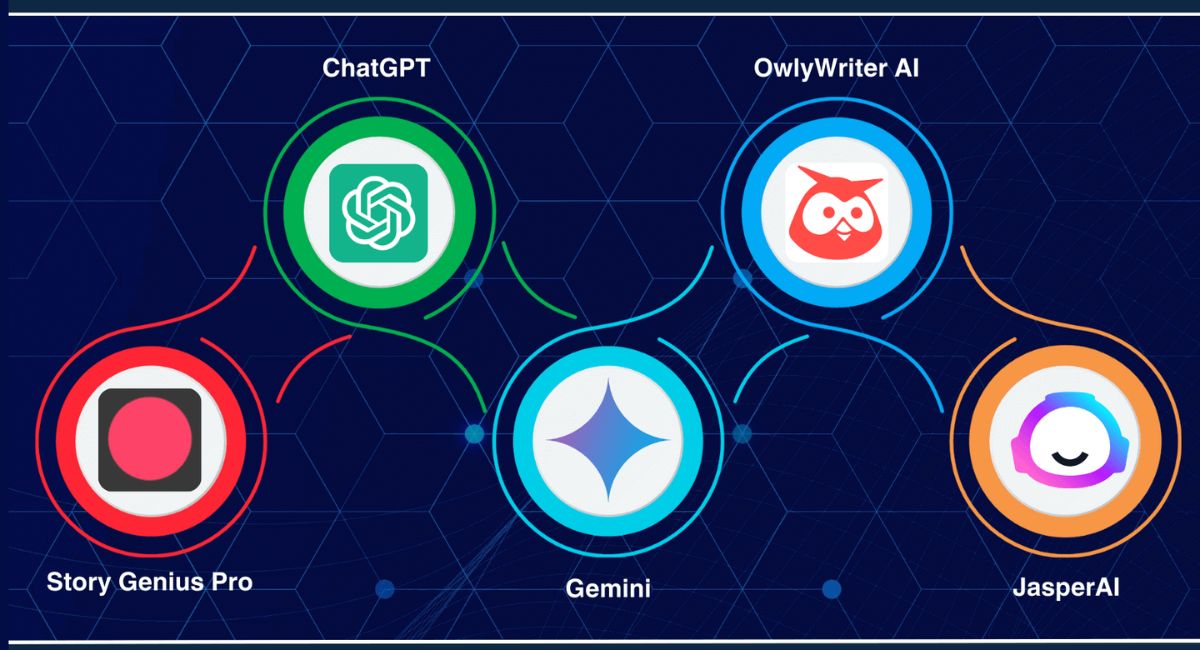The U.S. Auto Industry in 2025: Trends in Electric Vehicles and Traditional Manufacture .
The Federal Government through new policies directs major U.S. Auto Industry changes toward 2025.
American governmental leadership stands as the primary force for revolutionizing industrial sectors through policy development of innovation and environmental goals. Modern federal policies direct technology development through manufacturing sectors as well as energy and healthcare industries while both job creation and international competition are undergoing reconstruction.
How federal programs shaping the U.S. auto industry’s transformation through 2025 ?
- The CHIPS and Science Act serves as a framework to develop US manufacturing capabilities.
This policy combines two purposes to revive American semiconductor production while reducing economic ties with China.
Industry Impacted: Technology, Automotive, Defense
The CHIPS and Science Act from 2022 continues generating significant results in the current year of 2025. The $280 billion project works to increase domestic semiconductor production which reduces U.S. dependence on foreign chipmakers.
Why This Matters U.S. Auto Industry :
- A total of $50 billion has gone into the construction of semiconductor factories in Texas and Arizona and Ohio.
- Automobile manufacturers together with defense contractors and technological companies now experience lower disruptions in their supply chains.
- Over 50,000 new high tech manufacturing jobs in the U.S.
Sales increases of chips by Intel, TSMC and Samsung in the United States decreased American dependence on Asian semiconductor imports.
- Green energy adoption together with sustainability advances as a key objective of the Inflation Reduction Act (IRA)
The major effect stems from boosting adoption of renewable power together with expanded EV sales while setting lower carbon emission goals.
Sectors Impacted: Energy, Automotive, Construction
History bears witness that the Inflation Reduction Act (IRA) stands as the most far-reaching climate-led law passed in the United States. Federal tax incentives under the Inflation Reduction Act drive accelerated growth in renewable energy development and electric vehicle manufacturing industry and energy-efficient buildings construction.
Big Changes U.S. Auto Industry in 2025:
- The commitment to spend $370 billion in climate and energy investments allowed for rapid development of solar and wind power as well as nuclear power.
- The extension of federal EV tax credits promotes the purchase of electric vehicles by consumers.
- The modern sustainability regulations instruct businesses to decrease their emissions to 40% of current levels before 2030.
- Both Ford Motor Company and General Motors Company strengthen their EV production through the expansion of battery facilities across Michigan and Kentucky.

AI & Tech Regulations: Balancing Innovation with Ethics
- Main Impact: Establishing new norms for AI growth, data privacy, and cybersecurity.
- Industry Impacted: Technology, Finance, Healthcare
- The U.S. government established new AI regulations to monitor responsible and ethical AI implementation as its computational strength continues to increase.
What’s Changing in 2025
- Workers must know when companies deploy artificial intelligence solutions in their recruitment processes and medical and financial operations.
- New data privacy regulations restrict the information collection methods that Google, Meta and Amazon employ for their consumers.
- Large corporations must conduct AI bias audits when using machine learning to make business decisions.
- Banks along with lenders need to demonstrate that their AI-driven approval system contains no biased or discriminatory practices.
- U.S. Trade & Tariff Policies: Defending Domestic Industries
- The policy introduces fundamental changes to decrease U.S. dependence on overseas manufacturing yet advance Made in America state initiatives.
- Industry Impacted: Manufacturing, Retail, Agriculture
- The Biden administration implemented additional tariffs on Chinese imports which especially target steel products alongside solar panels and electrical vehicles for protecting American manufacturers from baseless competition.
How This Impacts Businesses in 2025
- The implementation of higher import taxes against Chinese EVs led consumers to prefer buying domestic American automobiles.
- The government extends financial backing to local manufacturing companies which leads to higher employment within production facilities.
- American farmers gain protection through the tariff implemented for agricultural imports.
- The U.S. government imposed higher tariffs on Chinese solar panel imports leading to enhanced solar production capacities within the nation.
The employment market and domestic manufacturing aspects in America show increasing signs of expansion.
- The local manufacture of electric vehicles by major car makers has led to expansion of their U.S. production facilities. The movement has created jobs across three industry sectors including software engineering, vehicle manufacturing and battery production.
- Auto Manufacturing in 2025:
- The Midwest region now operates new battery production facilities that belong to GM and Ford.
- The Gigafactories located in Nevada and Texas are continuously boosting their manufacturing capabilities at Tesla.
- Through investments in EV supply chain manufacturing the United States is bringing back semiconductor and battery operations to its domestic territory.
- The U.S. automotive industry maintains over 1 million job positions and plans to establish thousands of new positions for EV manufacturing.
Challenges Facing the U.S. Auto Industry in 2025
- The sector maintains a few obstacles despite its strong expansion.
- The decrease in EV costs does not make them less expensive than conventional automobiles during initial purchase.
- The establishment of charging stations in rural regions needs supplementary infrastructure to support them.
- The industry continues to encounter supply chain problems because of ongoing semiconductor shortages along with material shortages.
- Motorists show caution about running out of power during drives and worry about their battery’s performance.
Undergoing analysis are various steps needed for resolution including persistent government assistance together with private sector funding coupled with enhanced technological advancements to resolve existing obstacles.
How the U.S. Auto Industry Develops Beyond Current Times
GeV development remains the future of U.S. automotive but gasoline-powered vehicles will continue to exist. Manufacturers currently evaluate their growth of electric vehicles against two other production options so markets respond to consumer needs and environmental targets and economic realities.
Key Takeaways:
- The sales of new cars with electric powertrain technology will reach 50% market share during the year 2030.
- Organic automotive companies simultaneously develop EVs together with hybrids to maintain their competitive business position.
- Tax credits along with regulations from the U.S. government significantly influence the industrial direction.
- The future of driving awaits you. Share your thoughts through comments.














